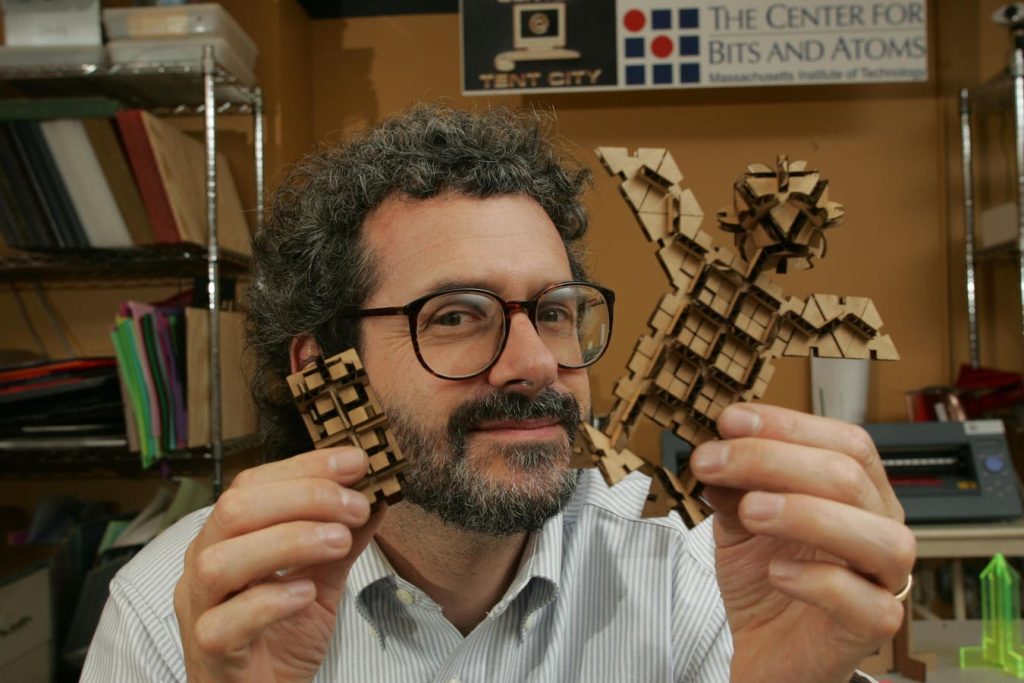Blending computer science with hardware is a fundamental idea in bringing out the best of what technology has to offer us. Democratizing that process fosters success in local communities.
The idea of the Fab Lab was pioneered at MIT, by MIT Center for Bits and Atoms Director Neil Gershenfeld, and Mel King, a former MIT adjunct professor. Now, there are Fab Labs all over the world, around 2500 of them at last count, in some 125 countries.
Yes, the basic idea of the Fab Lab is a maker space, but you can’t just roll in a few machines and call it a center: there are specific criteria developed for these spaces that you can read about in supporting literature. In addition to CNC mills, here are some other items you can find in these workshops: welding machines, vacuum forming machines, and hot wire foam cutters. A typical fab lab weighs about 2 tons, according to the web site of the Fab Foundation, which was started in 2009 to support the burgeoning series of Fab Labs popping up everywhere. The average cost? Around $100,000.
For a more direct view of what’s going on in these innovative places, just check out Youtube. You’ll see makers showing off items like the “fabkulele” (fabricated musical instrument) and weather report aggregators and textile projects at the Barcelona lab in the city’s Poble Nou district, an early outpost in the Fab Labs network with its own vibrant community and local government recognition. You’ll see other interesting ideas from places like Hong Kong, Peru, Egypt, Mexico and elsewhere (including American cities like San Diego), and stakeholders talking excitedly about the progress participants have made.
Also, you can listen in on recent events where people connected to Fab Labs come together to talk about what’s coming out of this network. You’ll hear about how the Fab Labs are helping with K-12 education, and how they support local economies. You’ll also hear more interesting facts about the timeline around development of hardware design as an aspect of computer science: for instance, Gershenfeld and others will point out that when the first CNC mill was made, Claude Shannon was writing his master’s thesis. This helps us to track the emergence of the “physical sciences movement” around CS: that effort to link up what’s happening in the analog world with everything running in today’s massive data centers. Some reporting from MIT goes into more detail about how the past connects to what’s happening now.
What you’ll also hear is a lot about strategic partnerships and the big picture vision for this lab network. You can imagine how something like the Fab Lab is going to help with job displacement, and with the disruption that will continue as AI takes hold. I’ve been extremely impressed with what all of these MIT people and others are doing to move the needle on how we utilize technologies in our world. You could also say that the proof of demand is in the rapid growth of these maker centers, and listening to some of the testimony from interns and students who have used Fab Labs, it’s clear that this is an idea that’s taking off. Stick around to see what’s next for this bustling MIT community of thinkers and designers.
Read the full article here






